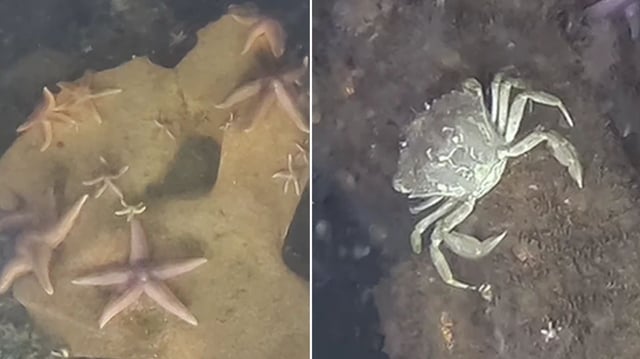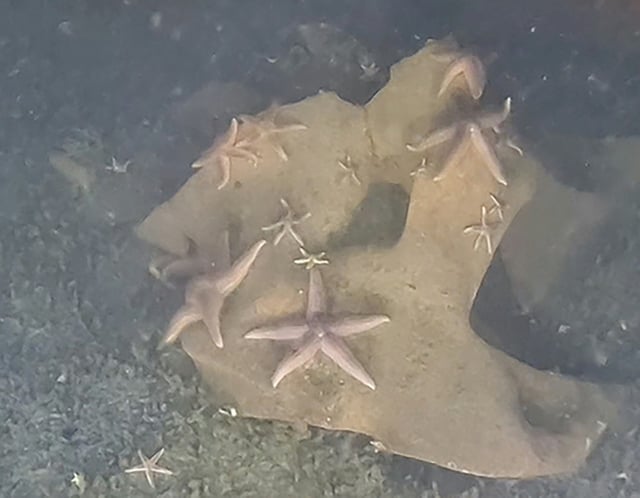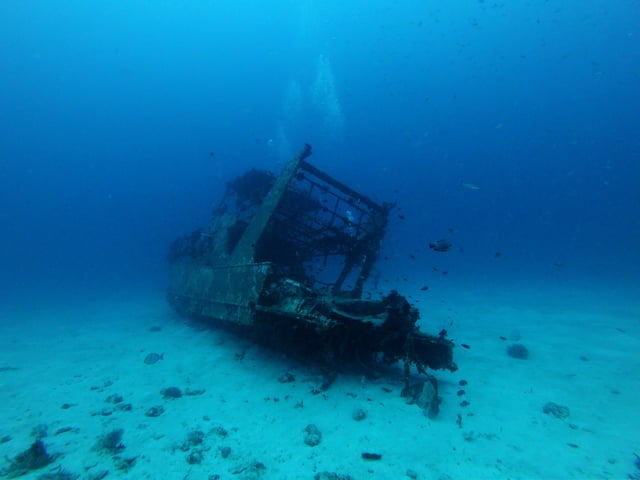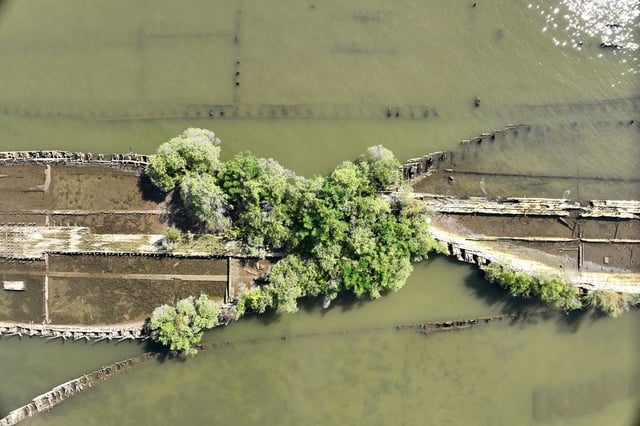Overview
- A Sept. 25 paper in Communications Earth & Environment reports roughly 43,000 organisms per square meter on V‑1 warheads in Germany’s Bay of Lübeck versus about 8,200 per square meter in nearby sediment.
- Water samples near the dump site contained TNT and RDX from trace levels up to about 2.7 milligrams per liter, concentrations that approach toxicity thresholds for aquatic life.
- Animals chiefly colonized the metal casings rather than exposed explosive material, though one ROV clip showed more than 40 starfish piled on a chunk of TNT.
- The authors recommend eventual removal of the munitions with replacement by artificial hard substrates, and they plan time‑lapse and ecological follow‑ups starting next month.
- A companion Scientific Data study presents a high‑resolution drone map of 147 Mallows Bay shipwrecks to support archaeological and ecological research, as German waters alone hold an estimated 1.6 million tons of dumped munitions.



